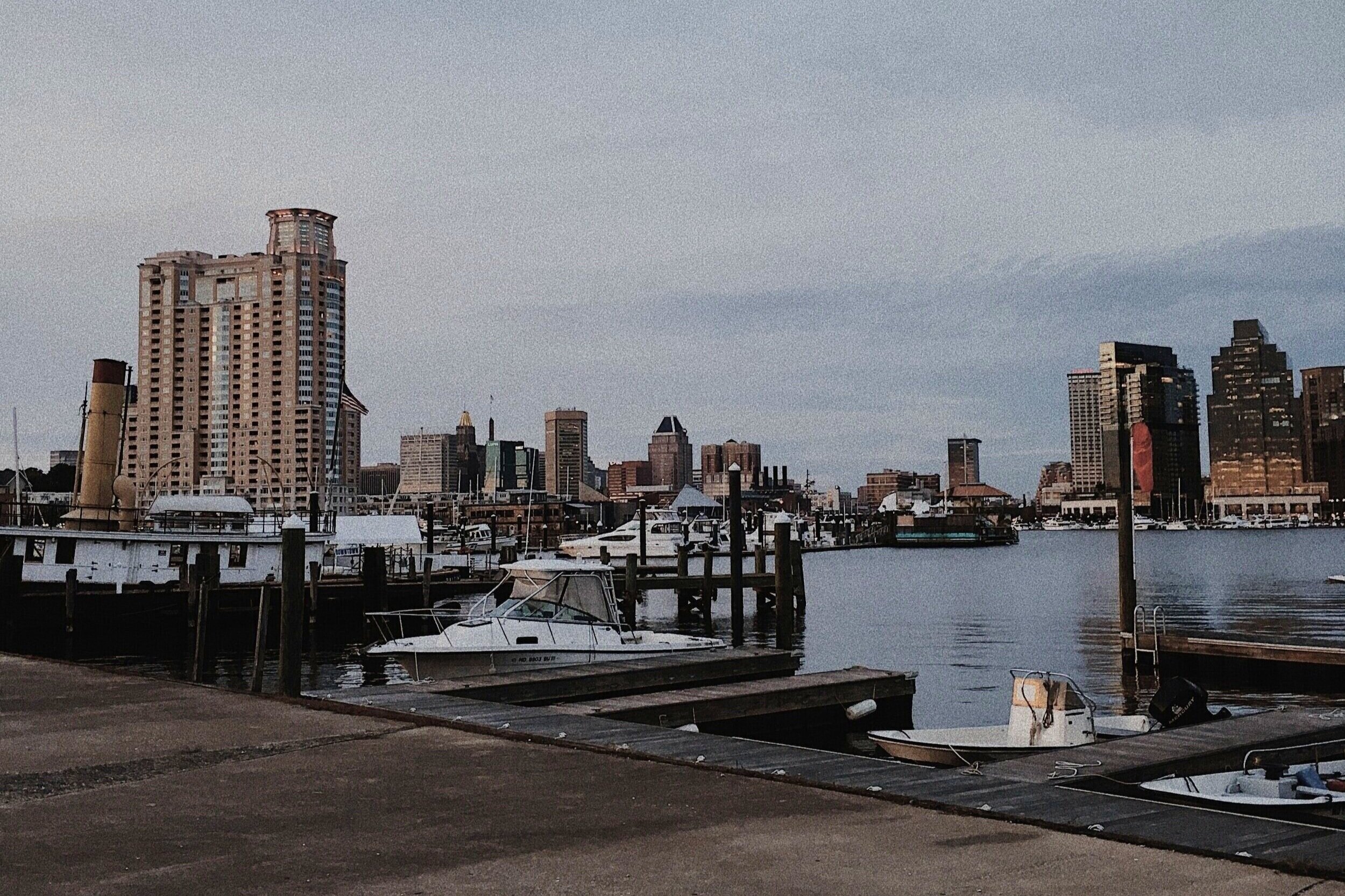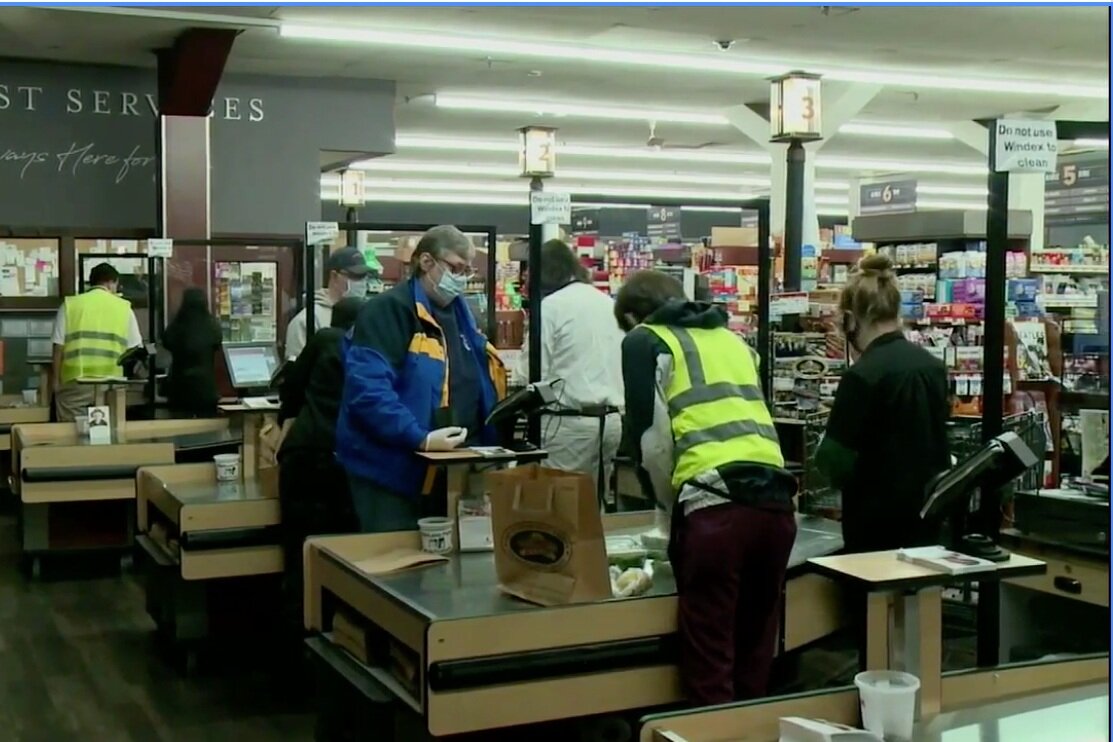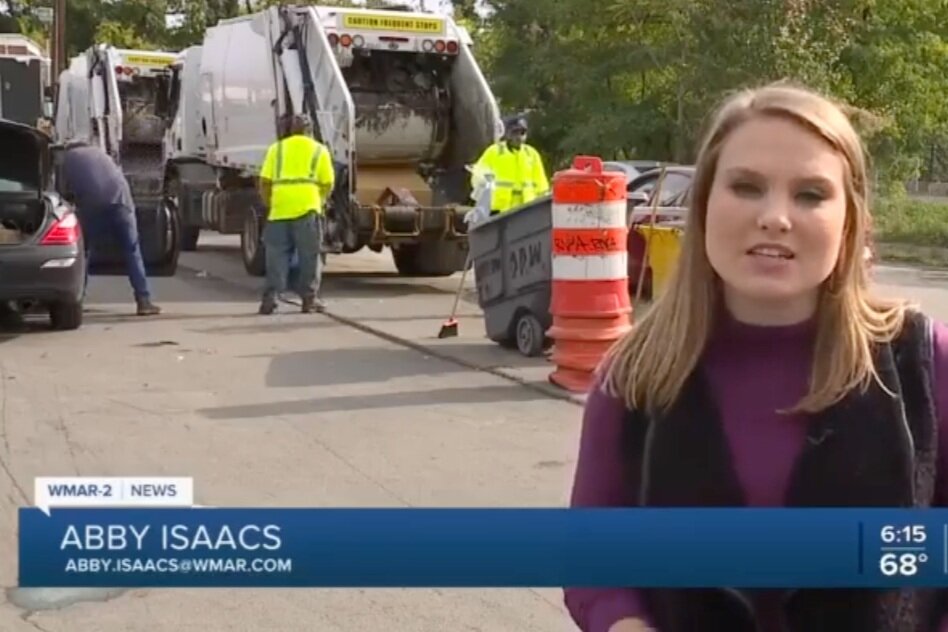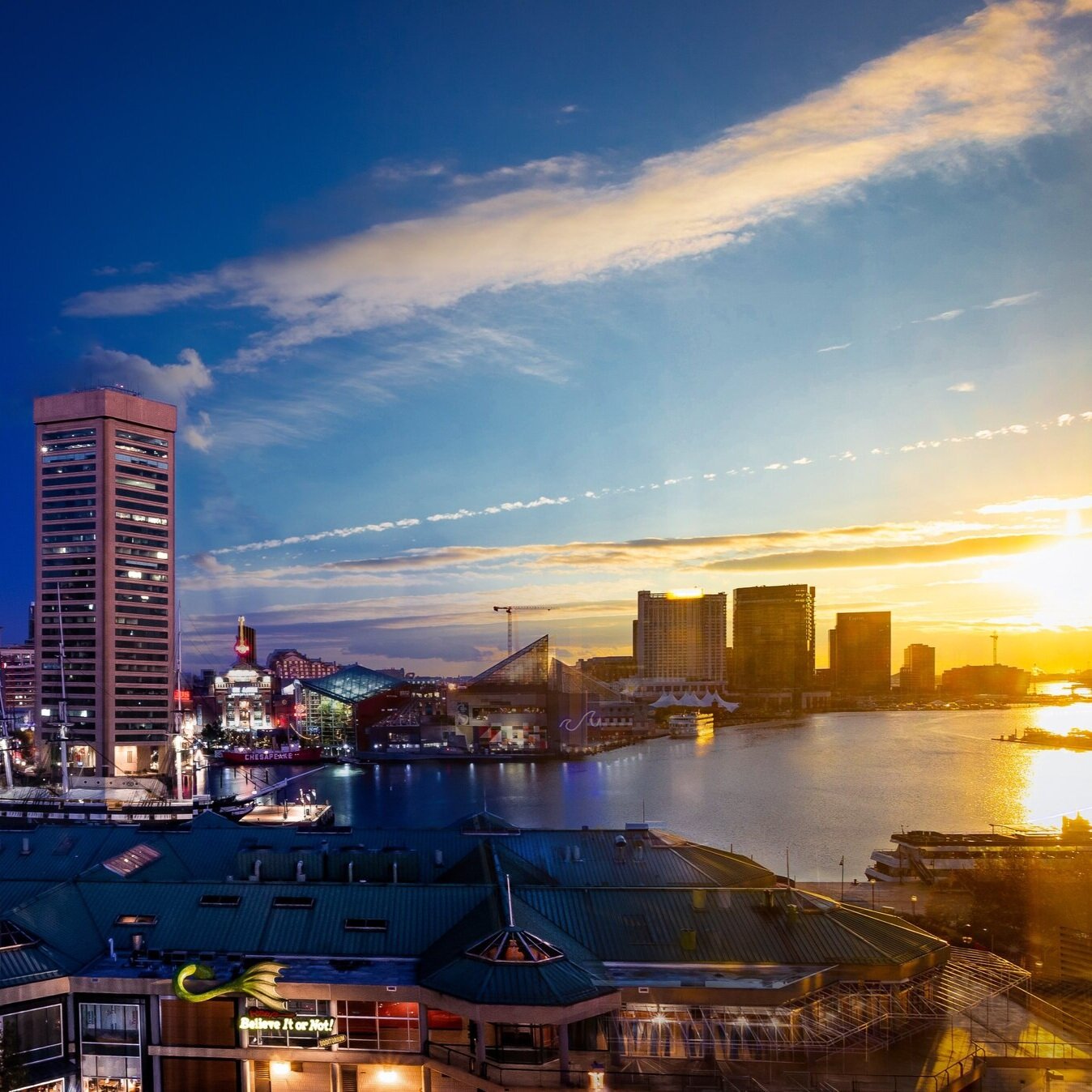Communities In Focus

Baltimore
Baltimore, the largest city in Maryland, has had a population decline resulting in a 100 year low of 600,000 residents in 2020. In the last 13 years, three mayors have resigned due to corruption charges, and the city’s police force has also been a source of scandal.
Despite Baltimore’s thriving healthcare and biomedical sciences fueled by Johns Hopkins University, tourism, manufacturing, cybersecurity, and logistics sectors, the city’s poverty rate remains high. Baltimore’s low-income neighborhoods suffer from underfunded schools, lack of infrastructure, and high crime rates.
This month in Baltimore
Last updated: November 13, 2020

10,000 Calls Per Day: Dept that oversees Maryland SNAP program is struggling
The SNAP program is not promptly responding and meeting the demands of Maryland residents. Without help from the government, Baltimore mother says she has to not pay some of her bills because buying food for children is of the utmost importance. She made a request in July and still has not received a response.

Students, parents protest against remote learning, demand a reopening plan from BCPS
Parents and students are protesting the continued closure of schools. They cite the inadequacies of online learning and the educational crisis. Many Baltimore families are in favor of reopening despite rising COVID cases across the nation.

Baltimore City DPW will not resume curbside recycling collections next week
Failure to offer a public service to collect recycling contributes to pollution and public health issues. People with no cars cannot recycle without this service. Sanitation workers, additionally, struggle to cover personal costs due to their low salaries.
Neighborhood Spotlight
In 2016, City Council approved Under Armour’s proposed $5.5 billion redevelopment of Port Covington, which requires $1.1 billion of public funding. The new neighborhood will be next to Locust Point, a primarily white neighborhood, leading surrounding residents to worry about the area becoming a “rich white enclave” in a predominantly Black city. Amidst the COVID-19 pandemic, discussions about racial equity, and shifts in plans and stakeholders, there has been renewed resistance from the ACLU and local organizations against the Port Covington development.
NYC Race Map 2010
Swipe right to view 2010 map, swipe left to view 2018 map

President Trump’s 2017 tax law – meant to incentivize investing in Opportunity Zones through capital gains tax breaks – exacerbated public funding divestment. Port Covington was included amongst these zones due to a mapping error; Governor Hogan still granted the neighborhood tax breaks. Critics argue this detracted from investment opportunities that could have been allocated to Baltimore’s Black neighborhoods, which rank among the highest in the country for crime and poverty rates.
Government

MAYOR-ELECT BRANDON SCOTT
Current Mayor Bernard “Jack” Young – who came into office following Mayor Catherine Pugh’s resignation in 2019 – lost the Democratic nomination in June 2020. In November 2020, 36-year-old City Council President Brandon Scott was elected mayor in a landslide. Scott campaigned on a platform of economic recovery and reducing gun violence in Baltimore. He won with notable support from labor unions and Black leaders.
Mayor-elect Scott will take office in December. In 2011, he was elected the city’s youngest Councilmember at age 27 and was unanimously elected City Council President in May 2019.
2021 City Budget
In June 2020, City Council approved a $3 billion 2021 budget, which prioritizes education, capital improvements, and economic recovery amid the global recession. The budget also includes significant cuts to law enforcement, in direct response to local protests against police brutality.
The budget for 2021 was rewritten earlier in the year due to the pandemic, which resulted in a hiring freeze for non-essential workers and a mandated freeze on spending into the 2021 fiscal year. Under the revised budget, the city is anticipating $103 million in revenue loss for 2021.
Economics

Baltimore’s GDP has steadily increased over the past decade and makes up over half of Maryland’s overall GDP. However, the pandemic has cut over 46,000 jobs and 94 percent of businesses report being negatively impacted.
Industry
Johns Hopkins University (JHU) is the city’s economic engine, serving as its largest employer and attracting a large, highly-educated population. Baltimore has also made efforts to foster tourism along the inner harbor by building the National Aquarium, M&T Bank Stadium, Maryland Science Center, Baltimore Convention Center, and several museums.
Despite the decline of heavy industry in the U.S. since the 1980’s, manufacturing remains an economic pillar of Baltimore, generating $4.5 billion associated worker income in the region.
Due to the city’s proximity to Washington, D.C., there are a number of defense contractors in Baltimore County. Baltimore is heavily investing in the local cybersecurity industry.
Workforce
While Baltimore’s unemployment rate was 5 percent prior to COVID-19, it peaked to 11.6 percent in April 2020. As of September 2020, the rate decreased to 9.1 percent.
The city commonly imposes a mandate on large projects to hire a minimum percentage of local workers. The Metro Baltimore Council is a federation of unions that represents 150,000 workers across the region. The Port of Baltimore’s Longshoreman’s Union has also gone on strike several times in the past decade over contract negotiations.
Community
In Baltimore, race and poverty are tightly correlated. Black people make up 26 percent of those living below the poverty line, nearly twice the rate of all Black Marylanders. The most impoverished neighborhoods in the city are 80 to 100 percent Black and are generally on the east and west sides of the city.
Poverty
Transportation – and disinvestment in it particularly in Baltimore’s Black neighborhoods - has been contentious in the city. In 2014, the Obama administration and Maryland state government allocated over $1 billion to build a Red Line rail in Baltimore connected Black neighborhoods to downtown, job centers, and other rail lines. But in 2015, Governor Larry Hogan killed the project, returning federal money and rerouting state funds to highway infrastructure. Racial inequity activists and political officials alike have spoken out against the decision.
Baltimore also recorded the highest homicide rate out of U.S. cities with a population over 250,000. The city had been under a consent decree – an agreement between the police department and Department of Justice to reform police conduct – after Freddie Gray’s death, but this resulted in police officers not responding to citizen complaints and over-policing communities. Black Lives Matter protests have continued in the city.
The public school system is chronically underfunded in Baltimore, with only 17 percent of schools found to be in good or superior physical condition, the lowest in the state. Underfunding preventative maintenance and repairs has resulted in 1.5 million school hours lost over the past five years, the bulk of which fell on Black students.
Ichor Advisors highlighted that Johns Hopkins University has made efforts to better its relationship with the surrounding community; however, it used to be the largest landlord in one of the city’s poorest communities and its urban renewal projects have displaced many. It has become known as “the plantation” by certain communities.

